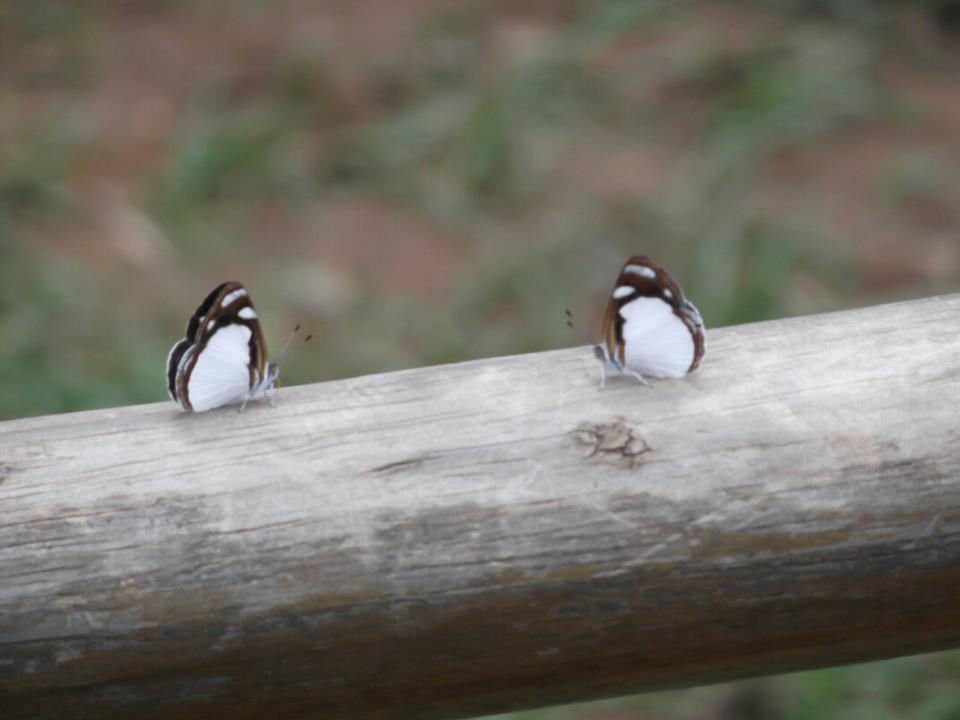WELCOME TO FOOD FOR THOUGHT: The blog that offers ideas for inspirational leadership & recipes for the food to fuel it… Food & Leadership, two things we all have experience of whether our preference is to cook or wash up, lead or support.
LEADERSHIP (& KITCHEN) STAPLES
Everyone I know has a ‘staple’ recipe. You know, that one you can whip up from the things you always have in the cupboard. That meal you can make after work just for you or throw together when you unexpectedly find yourself with a full house at dinnertime. It can be easily tweaked to suit dietary requirements (say vegan or food allergies) & can be stretched with a few additions. It can be frozen if you make too much, but it tastes good enough that leftovers are rarely a problem.
Mine is a dhal recipe, perfected over time & meeting all of the above criteria with ease. The core ingredients for this dish are always in my cupboard – they are my absolute must haves that I make sure I never run out of. In fact, even when backpacking through Central & South America recently, Paul & I ate a basic version of this more times than I can count. The recipe is at the end of this post, with ‘options’ for stretching & tweaking.
So how does this relate to Leadership? Well it got me to thinking about what the staples of good leadership are. What is it we look for in a leader? Are there leadership traits that are prioritised over others? What must ‘always be in the cupboard’? As with ingredients, are the things that I MUST have in the “Leadership Cupboard” different to someone else’s. Does it depend on the task at hand or on the organisation/group to be led? Are there some leadership traits that can be inspirational to some & repressive to others?
I am currently facilitating a leadership development programme with a fantastic group of eight young adults (aged between 19 & 24). All of them have some form of intellectual disability. The challenge for me has been to take the kind of leadership development tools that I use with management teams & modify them, so that they are suitable & relevant for this group. Most of the time this has meant stripping out any of the more abstract concepts & really driving down into the heart of what is important about leadership. I believe I have learnt as much from this process as any of the participants & I have certainly had at least as much fun.
In one session we played a game that was designed to make the participants reflect on their learning & discussions over the previous weeks. It encouraged them to think about leadership (what it means to them) & to identify the key traits they look for in a leader. The activity is based on one that I took part in at a recent workshop on Social Entrepreneurs by Dr Guy Turnbull at the Real Value Conference in Wellington. I asked if I could ‘magpie’ & tweak his activity for my own purposes & he was more than happy for this to happen. Thanks Guy – it worked really well.
There is a link here to a description of the game, in case you want to use it in a leadership development session yourselves. But what I wanted to share in this blog post was the leadership traits & descriptions that the young adults identified. I think they had it pretty spot on.
- Honesty (Integrity, being real)
- A ‘Thinker’ – (Being able to have big ideas & find solutions, but also knowing how to think things through, big picture/strategy & detail/plans)
- A Role Model (Leading by example)
- Passion (Caring about those that ‘follow’ you)
- Being a Good Listener (Hearing what your followers have to say or need)
- Public Speaking & Communication Skills (Being able to ensure your followers understand their roles, your ideas etc.)
- Tenacity (Don’t give up when the going gets tough)
- Taking Risks But Staying Safe (Don’t be afraid to try new things or take risks, but understand the risks & put things in place to keep you & your followers safe)
- Taking Action (Get on & do something, change things, make things better – don’t just talk about it!)
What do you think? Does this sound like a great leader to you? Are there any core ‘ingredients’ missing that you look for? Or some that you would not include? Maybe make yourself some mind-food (like a dhal for example) & think it over.
KIRSTYS DHAL RECIPE
These amounts serve 4 as a main.
Dhal Mix
- 40g Butter
- 1 Onion (chopped)
- 2 Fresh Chillies (Deseeded & Chopped) (Optional)
- 1 Tbsp Chopped Fresh Root Ginger
- 225g Red Lentils
- 900ml Water
- One Whole Garlic
- 1 Tsp Oil
- 1 Tsp Ground Cumin
- 1 Tsp Ground Corriander
- 1 Can Chopped Tomatoes
- Half Tsp Lemon Juice (Optional)
- Salt & Pepper
Fried Spice Spice Mix
- 2 Tbsp Peanut Oil
- 2-3 Shallots (Thinly Sliced)
- 2 Garlic Cloves (Thinly Sliced)
- 1 Tsp Cumin Seeds
- 1 Tsp Mustard Seeds
- 1 Tsp Dried Chilli Flakes
- 8-10 Curry Leaves (Optional)
- Smother the whole garlic in the oil & then place it whole into a medium-hot oven. Roast it for around 20-30 minutes, until it is soft enough to squash out the flesh with a fork (but be careful not to burn it). Set the flesh aside. Discard the skin.
- Melt the butter in a large pan & cook the onion, ginger & fresh chillies (if using) until soft (but not brown).
- Stir in the lentils & water. Bring to the boil, reduce the heat & simmer stirring occasionally until the lentils break down & become ‘soupy’ (usually between 45 minutes & an hour).
- While the lentils are cooking, heat the peanut oil in a small frying pan & fry the shallots until crisp. Add the garlic & cook until starting to brown. Finally, add the rest of the spices & fry until the mustard seeds begin to pop. Leave in the pan & set aside for later.
- Once the lentils are ‘soupy’, add the roasted garlic flesh, ground cumin & coriander & tomatoes into the lentils & season to taste.
- Add lemon juice here (if using).
- Simmer for another 10 to 15 minutes.
- Just before serving, stir the spice mix through the lentil mix.
- If you want, you can fry some extra shallots & garlic until crispy & use this to garnish the dhal when serving.
Tips & Tweeks
- This is great as a main course with rice &/or roti’s or another similar bread, but if you have ‘must have meat’ people in the house, it makes a great side dish too.
- If you don’t like it too spicy – don’t add the green chillies
- If you like it extra spicy (or if you don’t have any fresh chillies in the house) add an extra half to one teaspoon of chilli flakes to the dry spice mix
- This works for vegans & veggies & has no gluten, soy, yeast or dairy in it so it covers a lot of the dietary requirements you might come across.
- Should you have a friend who is allergic to legumes (I do & that means no peanuts, peas or lentils) then use olive oil instead of peanut oil & make the curry with chickpeas (they are a bean not a pea). The consistency at the end isn’t quite the same but it still tastes good. You can always mash half of them to get a more similar consistency.
- Speaking of consistency, you can use red lentils as I have but you can also use yellow split peas. The consistency is quite different & I change my mind frequently as to which one I prefer.



